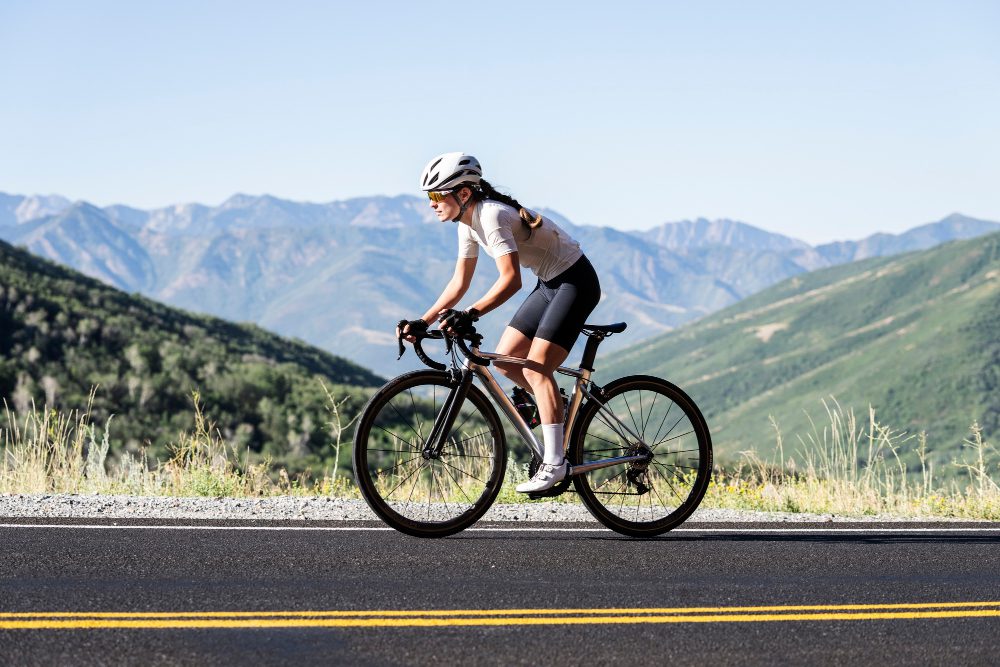How many hours a day do pro cyclists ride?
Introduction
Professional cyclists are known for their incredible endurance and ability to conquer long distances on two wheels. One may wonder how much time they actually spend on the bike each day. The answer is not as straightforward as you might think, as it varies depending on the training phase, race calendar, and individual preferences. However, one thing is certain: pro cyclists spend a significant portion of their time in the saddle.
The Training Regimen
Pro cyclists follow a rigorous training regimen in order to stay at the top of their game. This includes long rides, intervals, strength training, and recovery sessions. On average, professional riders spend around 4 to 6 hours a day on the bike during training periods. This allows them to build the necessary endurance and develop the specific skills required for their respective disciplines.
Training Phases
A typical training cycle for a pro cyclist consists of different phases, each with its own purpose. During the base phase, riders focus on building a strong foundation of aerobic fitness. This involves longer rides at moderate intensity, which can range from 3 to 6 hours per day.
In the build phase, the volume of training gradually increases, and intensity becomes more challenging. Pro cyclists may spend around 5 to 7 hours on the bike per day during this phase. This helps them improve their lactate threshold, power output, and overall fitness.
As they approach the competition season, the riders enter the peak phase, where the focus shifts to race-specific training. The duration of daily rides may decrease slightly to accommodate rest and recovery, but the intensity remains high. During this phase, pro cyclists may spend approximately 3 to 5 hours a day on the bike.
Competition Time
During the race season, pro cyclists’ training shifts towards maintaining their peak fitness and participating in races. The amount of time spent on the bike may vary depending on the race schedule and individual performance goals. On race days, riders typically spend around 4 to 6 hours cycling, including warm-up, race, and cool-down.
“Cycling is a demanding sport, and professionals have to put in the hours to excel. It’s not just about the physical aspect but also mental resilience and strategic planning,” says Team Sky coach.
Rest and Recovery
Rest and recovery are essential for pro cyclists to avoid overtraining and injuries. They allow the body to adapt and grow stronger from the demands of intense training and racing. Most professional riders incorporate rest days into their training schedules, where they significantly reduce their time on the bike or take complete days off.
The specific number of rest days can vary, but it is typically around 1 to 2 days per week during heavy training periods. These rest days help prevent burnout and promote overall well-being.
Is a 2 hour bike ride too long?
When it comes to cycling, determining the ideal duration for a bike ride can be a subjective matter. Factors such as fitness level, cycling goals, and personal preferences all come into play. One question that often arises is whether a 2-hour bike ride is considered too long.
The Benefits of a 2-Hour Bike Ride
Engaging in a 2-hour bike ride can provide numerous benefits for both recreational cyclists and serious athletes. Firstly, it allows for an extended period of cardiovascular exercise, helping to improve overall fitness and stamina. Cycling for 2 hours also helps burn calories, making it an effective option for those looking to manage their weight.
Moreover, a 2-hour bike ride can offer an opportunity to explore new routes and enjoy the great outdoors. It provides a chance to disconnect from daily stresses and connect with nature, contributing to mental well-being.
Considerations for Beginners
While a 2-hour bike ride can be beneficial, beginners may find this duration challenging at first. It’s important to gradually build endurance and strength before attempting longer rides. Starting with shorter rides and progressively increasing the duration over time is a recommended approach.
Bike Fit and Comfort
Before embarking on a 2-hour bike ride, ensuring proper bike fit is crucial for comfort and injury prevention. Correct saddle height, handlebar position, and bike frame size should be considered. Investing in padded shorts and using chamois cream can also enhance comfort during longer rides.
Hydration and Nutrition
Staying hydrated and properly fueled are essential during a 2-hour bike ride. It’s advised to bring water or sports drinks, as well as energy bars or gels, to maintain adequate energy levels throughout the ride. Planning regular hydration and snack breaks is important, especially in warmer weather.
Listening to Your Body
It’s crucial to listen to your body when determining whether a 2-hour bike ride is too long. Everyone’s physical abilities and limitations differ, so being aware of any discomfort, fatigue, or signs of overexertion is key. Adjusting the intensity or duration of the ride accordingly can help prevent injuries and ensure an enjoyable cycling experience.
“A 2-hour bike ride can be a great way to challenge yourself and push your limits while reaping the benefits of physical activity.” – Cycling Pro
In conclusion, a 2-hour bike ride can be a suitable duration for both recreational cyclists and more experienced riders. It offers various benefits including improved fitness, weight management, and mental well-being. Beginners should gradually work their way up to longer rides, considering factors such as bike fit, hydration, and nutrition. Ultimately, listening to your body and adjusting the ride according to your individual needs and comfort is key to making the most out of your cycling experience.



